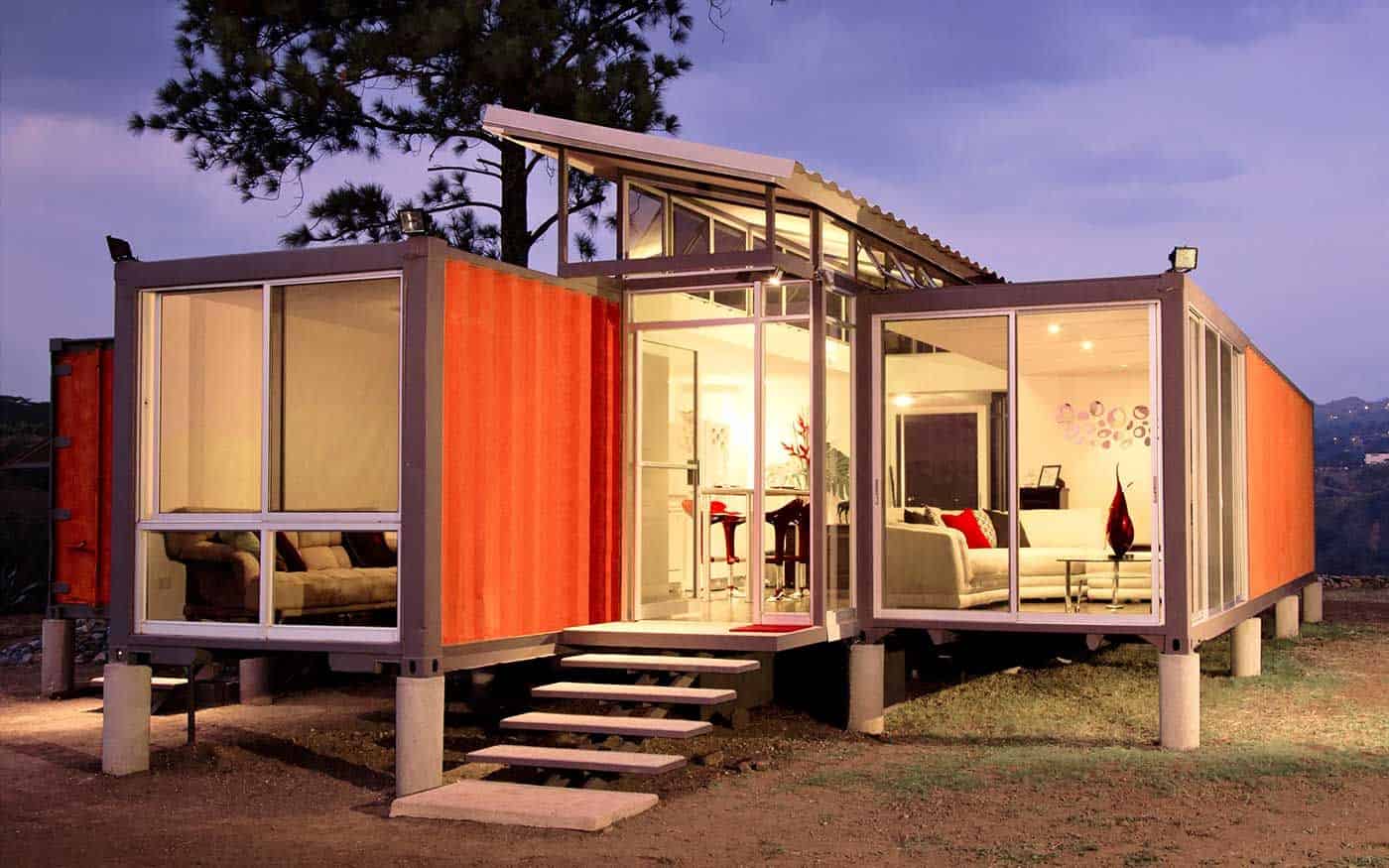Table of Contents
Designing and building your dream home is an exciting project. But there’s a lot of planning involved to prevent disappointment and spending too much money on one stage of the process. If this is your first time building a home from scratch, you may not know where to start.
In this guide, we’ve provided tips on how to start planning and building the home you’ve always wanted. Additionally, we’ve given you valuable tips on how to stick to your budget when building a house. Keep reading to find out more!
A. Building Your Dream Home
1. Find Ways to Protect Your Assets
Before you start creating blueprints and building your house, the first step is to find ways to protect your assets. Building a house is essentially an investment, and you want to protect that investment at all costs.
We suggest shopping around for home warranty companies to find an affordable service provider that will cover you in the event of:
- A natural disaster
- A house fire
- Water damage
- Theft
- Vandalism
A home warranty will cover services, repairs, and replacements of any items in your home that get damaged during these events. But you must shop around for the right service provider because not all of them will offer the same coverage. Find a company that offers comprehensive coverage for your home.
2. Choosing and Buying a Plot of Land
Choose your plot of land so you can see how big or small you want your house to be. You must also include a landscape design. Perhaps you want a large garden or to build a pond on the property.
The size and location of your plot of land will also make all the difference. Make sure the plot’s foundation is excellent and that there’s a water source. If you want to grow a garden, ensure that the soil quality is sufficient to grow plants.
Consider all the legal obligations when purchasing a plot of land. Get approval from your local council for the house you want to build.
3. Design Your Dream Home
Before you can build the home of your dreams, you must design it first. If you don’t have experience in this field, you can work closely with a professional architect. An architect can give you advice about the best way to design parts of your home.

Furthermore, an architect will provide details on whether a design will increase or decrease the home’s resale value. With a professional architect, you can discuss the following:
- How high to make the ceilings
- Which direction do you want the front of your house to be facing
- How big do you want your windows
- Whether you want an attic and cellar
- How wide or narrow do you want your hallways to be
- How many bathrooms do you want
- The size and features of a bedroom
Your architect will tell you if your ideas are realistic and if they’re in line with your budget.
4. Hire Contractors to Build
Once you’ve got your plot of land and you have your blueprints in hand, it’s time to hire a construction company to build your dream home. Hire professionals who respect your vision and will make your dream a reality.
Avoid costly miscommunications by creating a detailed project plan. You can create a brief of layouts you prefer as well as finishes and materials you want the house to be built with. By creating a detailed brief, everyone involved in the project will understand what needs to be done.
B. Tips for Sticking to a Budget When Building a Dream Home
1. Have a Detailed Price Structure
To stick to your budget when building a house, you must have detailed pricing for all building materials and labour. You can utilize construction pricing software so you can get estimates of how much each stage of the building process will cost.
When you have a detailed list of costs for materials and labour, you’ll know how much money you need to spend, and you can ensure it doesn’t eat into your budget.
2. Be Realistic About The Cost of Each Stage
Sometimes certain parts of a house may be more expensive to build than others. You don’t want to buy cheap materials because then the house deteriorates quicker over time. Some materials may cost more than others, but that’s why it’s important to have a detailed price structure.
Your final plan must include a breakdown of each stage of construction and the line item costs of those stages. This will help you stay within your budget because you’ll have calculated all expenses on the various costs for each stage.
3. Track Your Spending
You may have tracked your spending for construction, but what about interior design? You may want to start tracking what you’ve spent on wall hangers, artwork, bedroom decor, and dinnerware. Every expense that goes into your new home must be recorded so you don’t find yourself broke before you can finish building your home.
C. Final Thoughts
Are you ready to build the home of your dreams? Use this guide to help you plan, construct, and budget when building a house from scratch.
D. References1. Content Filter & Authenticity Checking Team, Dream Civil International (Our team checks every content & detail to maintain quality. ) 2. Guest Article |

